Muscle Strain
Muscle strains are very common sports-related injuries and can arise from excessive stretching while the muscle is activated. The result is a rupture or tears in the muscle fibres, the surrounding sheath as well as nearby capillaries. Strains are more common for muscle groups that cross two joints, such as the rectus femoris (quadricep muscle) which crosses …

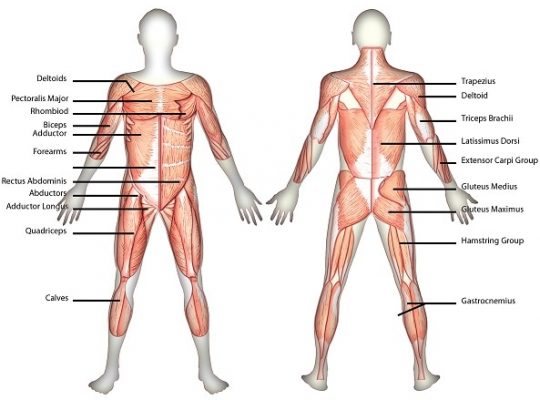

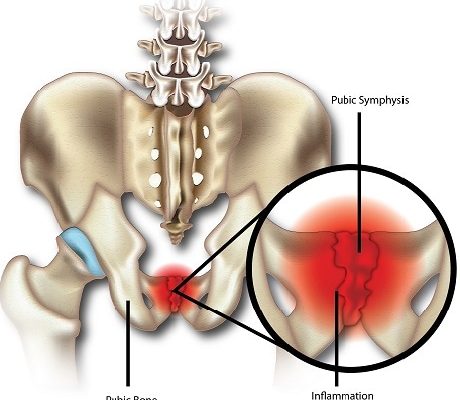
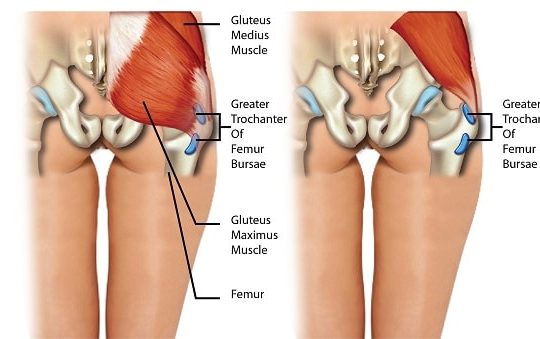
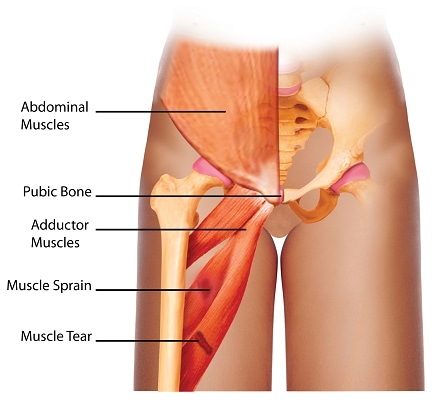
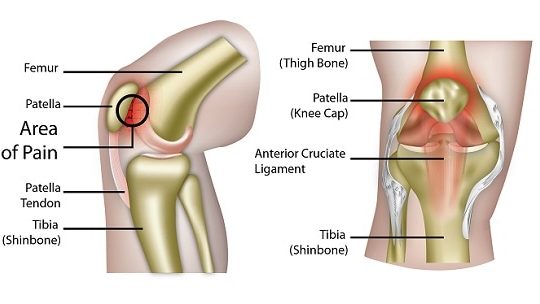
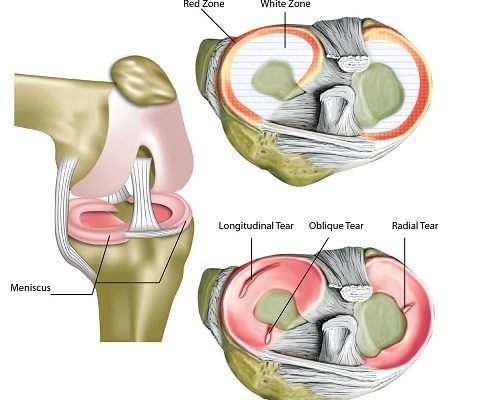
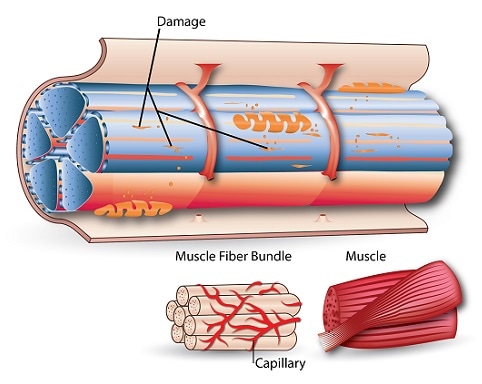
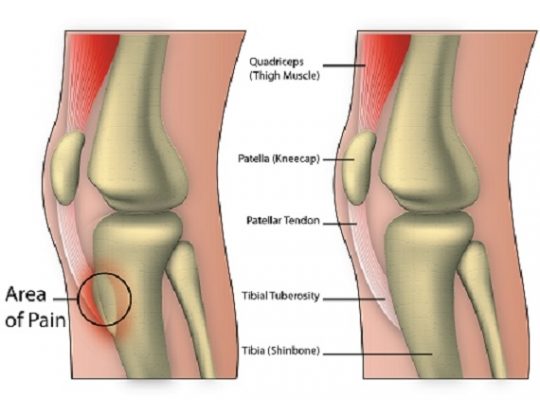
![Temporomandibular_Joint-min[1]](https://www.sportnova.co.uk/wp-content/uploads/2016/07/Temporomandibular_Joint-min1-479x400.jpg)